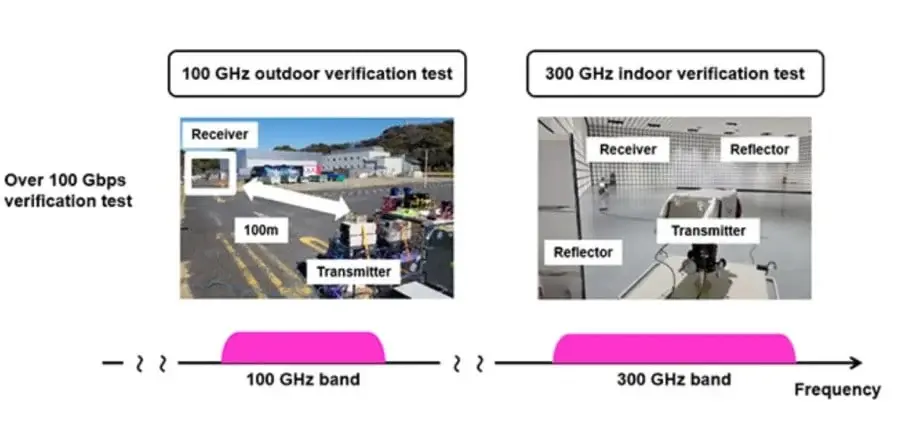Key Takeaways
1. Alcatel is making a comeback in the Indian market under NxtCell India, with its first phones set to launch on May 27.
2. The brand aims to offer unique and compelling products beyond just nostalgic appeal to compete in a crowded marketplace.
3. NxtCell India plans to leverage Alcatel’s historical reputation and technical expertise in telecommunications.
4. The company emphasizes innovation in product design, including features like stylus and AI technology.
5. Alcatel is committed to the ‘Make in India’ initiative as part of its market strategy and future ambitions.
Alcatel, a name once synonymous with telecommunications, is ready to make its return to the vibrant Indian market. With a history of cutting-edge devices and a strong legacy, Alcatel is gearing up to take center stage again under the guidance of NxtCell India. The brand’s first phones are set to be unveiled on May 27 in India, marking a bold move to find its place in a marketplace filled with numerous active competitors. To succeed, Alcatel realizes it must offer more than just a nostalgic appeal; it must deliver unique and compelling products.
Strategic Vision for Alcatel’s Comeback
In a recent phone call, I had the chance to chat with Mr. Atul Vivek, Chief Business Officer, and Mr. Ansh Rathi, Chief Operating Officer of NxtCell India, the firm responsible for reviving the Alcatel brand in India. Our discussion explored the strategic intentions behind reintroducing Alcatel, their intended target demographic, product philosophy with a focus on innovation such as stylus and AI technology, their commitment to the ‘Make in India’ initiative, market strategies, and their ambitious future aims. Below are the main takeaways from my conversation with Mr. Vivek and Mr. Rathi, organized thematically.
Re-establishing Alcatel’s Legacy
NxtCell India recognizes the substantial opportunity in harnessing Alcatel’s historical reputation and technical expertise. For many years, Alcatel has been a leader in the telecom industry, celebrated for its innovative designs that perfectly marry style with practicality. This lasting legacy stems from a focus on user-centered experiences and a steadfast commitment to advancing technology.
Mr. Atul Vivek pointed out that this forward-thinking mindset and strong focus on innovation have been crucial to Alcatel’s achievements over the years. “Alcatel was the trailblazer in the telecom industry long ago… Alcatel’s legacy lies in providing innovation and trustworthiness in their devices to the users… being a brand from France… it carries a unique DNA. A DNA dedicated to innovative designs, a DNA rooted in innovation, and a truly consumer-focused DNA.” He emphasized this legacy as a vital factor in selecting Alcatel for its revival.






